I started work on the producers’ course. There were lectures on such things as the theory of camera direction and lighting, the importance of design and the organisation required to run a producer’s office. Clips of film illustrated many of these subjects. The problem was that every time they turned the lights down, I dozed off. But I’d learned a trick or two in the army and when the lights came up again I immediately asked the first question – which disarmed the suspicions of those who hadn’t realised that my eyes were closed in deep contemplation. In spite of this foible I had the privilege of learning from dedicated and talented instructors who, being the first generation in BBC TV, had virtually invented the techniques of television production.
After the course, we were sent back to our departments for the remainder of the six months to learn the practical side of the job under the supervision of senior producers. I was attached to a young lion, Francis Essex, who had built a great reputation as a programme director. He was later to become a major figure in ATV, and when he retired he created musicals, of which Jolson was probably his most successful. His production assistant was Yvonne Littlewood, who forty years later in 1999 earned a richly deserved place in the Royal Television Society’s Hall of Fame for her work in television.
There was also a production secretary, Hermione Doutre, and the four of us shared an office the size of a normal box room. Francis was a busy producer and for much of the time I just sat there and watched, very much a spare part. I sat at a small typist’s desk in the corner of the room, and at lunchtime I often used to pop down to Tin Pan Alley to my other office where I could luxuriate at a big walnut desk in a room with a carpet, armchairs, pictures on the wall and full cocktail cabinet and ponder whether I was doing the right thing by joining television.
But before long I was given some nursery-slope programmes. Going out under the generic title of Starlight, these were fifteen minutes long and used either a pop group or a solo performer. I did one with the Ray Ellington Quartet and Marion Ryan and another with the pianist Semprini. He was very popular with trainee producers, partly because he was so co-operative and partly because his piano was a useful prop – a director could shoot it from every possible angle. If the director was a beginner, he or she invariably got the camera cables crossed and ended up in a complete tangle. But it was all valuable experience.
By 1956 Boo and I had lived at Ham Island for six years. We arrived there as newlyweds and soon became a family – Jane was born on 26 September 1951 and Kate on exactly the same day two years later. I did myself no favours with Boo when in one of my more jocular moods I explained the identical birth-date of two of my children at a dinner-party: ‘If you work it back, it’s Boxing Day,’ I said. ‘After all, Christmas Eve, you drink, Christmas Day, you eat, so what’s left for Boxing Day?’ My wife’s laughter was dutiful but mirthless. I used to remind Dad every year as 26 September approached that it was the children’s birthday. Every year he would ask, ‘Which one?’ and every year I would say, ‘Both.’ And every year he would say accusingly, ‘You never told me that!’
We had thoroughly enjoyed living on the Island but now the children were getting near school age and Boo thought it was time to move nearer to town so that I wouldn’t have as far to drive to work. Our chance came when an old friend of my brother, Bob Snell, told us of a new development called Parkleys his firm had built at Ham Common near Richmond. Bob and Ted had been at school together and served in the RAF as pilots at the same time. Bob’s parents lived abroad, he spent his leaves with us and had become one of the family. He had moved into one of the new flats and there was another one on sale at £3500, which he assured me was a good investment. Boo and I went to see it. It had an open-plan living- and dining-room, two doubles and a small single room. There was, alas, no river at the bottom of the garden, but there were shops within walking distance. Boo was all for buying it, and I agreed, though I feared we might not get our money back if we wanted to sell it. Nevertheless her enthusiasm was irresistible.
The day we moved house, our bulldog, Bessie, had puppies. We’d always had dogs, starting with a Pekinese who was king of all he surveyed till one day he picked a fight with a boxer and a sheepdog and lost. So we decided to get a bigger dog; hence Bessie. Boo had arranged to make the actual house-move with the help of a friend, Patsy, while I was at work – in the morning I would leave from Ham Island and later come home to a new flat in Ham Common. It was a plan that suited a male chauvinist like myself down to the ground – or it would have done if Bessie hadn’t interfered with it. The bungalows on Ham Island were built on stilts against the possibility of flooding and Bessie chose to deliver her litter underneath the bungalow. I had to crawl around in the mud, passing one puppy after another up to Patsy. At last we got all the puppies out, eight of them. We couldn’t keep eight puppies in a flat, so we held on to two and the vet took the others. I left Ham Island for the last time feeling like a mass murderer.
Meanwhile, as part of Dad’s contract while he was waiting to get the Band Show on air, he was asked to present a musical programme produced by Francis Essex called The Tin Pan Alley Show. It was not a happy experience, though we had a few laughs along the way – wherever Dad was there was jollity. The problem in this instance was that he didn’t much like the show’s format and wanted out, and by God, he could be mulish when he wasn’t getting his own way. I swore at the time I’d never work with him again because it would obviously end in tears and I told Ronnie Waldman so.
Eventually I graduated as a full-blown producer and director on Off the Record, a show in which we put television pictures to records of current musical hits. We weren’t allowed to play the actual records because the BBC had an agreement with the Musicians’ Union who, naturally enough, wanted us to use live musicians rather than recordings. The show’s presenter, Jack Payne, was, like my father, a band-leader of pre-war vintage. He could be very awkward and difficult to handle, but coping with temperamental band-leaders was a skill I’d absorbed with my mother’s milk, so after a few preliminary skirmishes we got along fine.
It was on this show I was introduced to the world of special effects. Nowadays, they are an integral part of most shows, though all the fancy technical stuff is usually done after the programme has been recorded. But back in the fifties, when all shows were live, we had to put in the special effects during transmission as we went along. I remember Frankie Vaughan apparently walking through a series of doors while singing ‘Green Door’ – not an easy effect to create when all television was black and white. Frankie just lifted and put down his feet on the spot and the illusion was created that he was moving through space from one door to another. These days it would be laughably simple to get that effect but at that time it seemed like magic.
I recall in my early days in the department producing a show featuring the singer Carole Carr. Basically, we had three types of shot: long, mid-shot and close up. At that time, there was no such thing as a zoom lens – the camera had to be moved physically nearer or further away from the star. I started on a long shot and Carole looked so lovely I decided to track in closer as she sang her heart out. I called for the cameraman to move nearer. Nothing happened. I added what I thought was more authority to my voice and ordered the cameraman to move in. Still nothing happened. I was beside myself with fury until someone in the gallery said in a quiet voice, ‘If he does track in, there’ll be a terrible mess in the stalls. His camera’s at the front of the circle.’ Another lesson learned.
Читать дальше
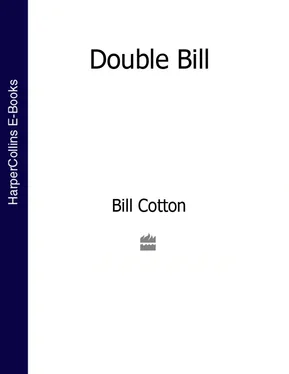
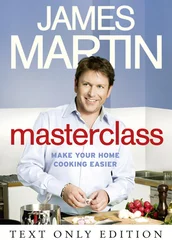
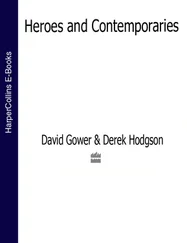

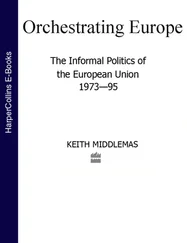

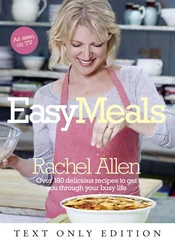

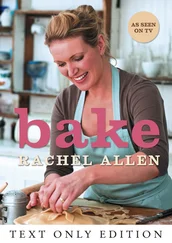
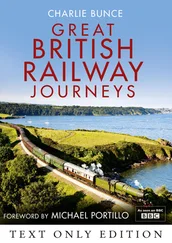
![Brian Thompson - A Monkey Among Crocodiles - The Life, Loves and Lawsuits of Mrs Georgina Weldon – a disastrous Victorian [Text only]](/books/704922/brian-thompson-a-monkey-among-crocodiles-the-life-thumb.webp)

